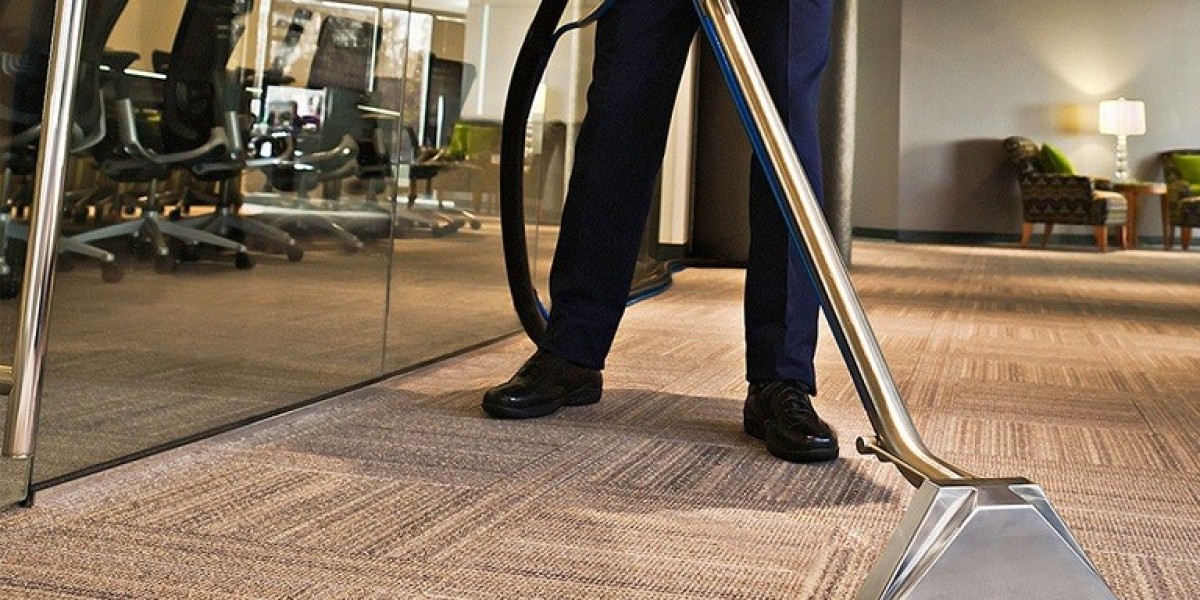Carpets have long been a staple in interior design, providing warmth, comfort, and aesthetic appeal to homes and commercial spaces alike. However, they also serve as traps for https://premiercarpetcleaning.co.uk/carpet-cleaning/peterborough dirt, allergens, and stains, necessitating regular cleaning to maintain their appearance and hygiene. This article explores various carpet cleaning techniques, the tools involved, and the growing emphasis on environmentally friendly practices in this essential maintenance task.

The Importance of Carpet Cleaning
Regular carpet cleaning is crucial for several reasons. First and foremost, carpets act as air filters, capturing dust, pollen, pet dander, and other airborne particles. Over time, these contaminants can accumulate, negatively impacting indoor air quality and potentially exacerbating respiratory issues. Moreover, carpets can harbor bacteria and mold, especially in damp environments, posing health risks to occupants.
Additionally, regular cleaning extends the lifespan of carpets, preserving their texture and color. This is particularly important for commercial spaces where first impressions matter, and for households with children and pets, where spills and stains are more frequent. Thus, understanding the various carpet cleaning methods is essential for effective maintenance.
Common Carpet Cleaning Techniques
- Vacuuming: The most basic yet essential carpet cleaning method is vacuuming. Regular vacuuming removes surface dirt and debris, preventing it from settling deeper into the fibers. For optimal results, it is recommended to vacuum at least once a week, with more frequent sessions in high-traffic areas.
- Hot Water Extraction (Steam Cleaning): This method involves injecting hot water mixed with cleaning solutions into the carpet fibers, followed by extraction of the solution along with dirt and stains. Steam cleaning is highly effective in deep cleaning carpets and is often recommended by manufacturers. However, it requires drying time, which can be a drawback in some situations.
- Dry Cleaning: This technique uses specialized cleaning compounds that absorb dirt and stains without the need for water. After applying the dry cleaning solution, a machine agitates the carpet fibers to lift the dirt, which is then vacuumed away. Dry cleaning is advantageous for its quick drying time and is suitable for delicate carpets that may be damaged by water.
- Bonnet Cleaning: Commonly used in commercial settings, bonnet cleaning involves using a rotary machine with a cleaning pad soaked in a solution. The machine spins the pad on the carpet surface, lifting dirt and stains. While effective for surface cleaning, bonnet cleaning does not penetrate deeply into the carpet fibers, making it less suitable for thorough cleaning.
- Encapsulation: This method involves applying a synthetic detergent to the carpet, which encapsulates dirt particles. Once the solution dries, the encapsulated dirt can be easily vacuumed away. Encapsulation is known for its quick drying time and is often used in commercial environments for routine maintenance.
Tools and Equipment
The effectiveness of carpet cleaning largely depends on the tools and equipment used. Some of the most common tools include:
- Vacuum Cleaners: A good quality vacuum cleaner is essential for regular maintenance. Upright models are popular for their powerful suction and ease of use, while canister vacuums can be more versatile for reaching corners and under furniture.
- Steam Cleaners: For hot water extraction, steam cleaners equipped with powerful heating elements are necessary. These machines should also have strong suction capabilities to remove moisture effectively.
- Dry Cleaning Machines: These machines are designed specifically for dry cleaning methods, utilizing low moisture techniques to clean carpets without saturating them.
- Rotary Machines: Used in bonnet cleaning, rotary machines can also be employed for scrubbing and agitating carpets during deep cleaning.
- Spot Cleaners: For quick stain removal, portable spot cleaners are invaluable. These compact machines can tackle spills and stains immediately, preventing them from setting.
Environmental Considerations
As awareness of environmental issues grows, the carpet cleaning industry is shifting towards more sustainable practices. Traditional cleaning solutions often contain harsh chemicals that can be harmful to both human health and the environment. Consequently, many companies are now offering eco-friendly cleaning options that utilize biodegradable and non-toxic ingredients.
Moreover, the process of carpet cleaning itself can have environmental impacts, particularly in terms of water usage and energy consumption. Techniques such as encapsulation and dry cleaning typically use less water than traditional steam cleaning methods, making them more sustainable choices. Additionally, advancements in cleaning technology are leading to more efficient machines that consume less energy while delivering effective results.
Conclusion
Carpet cleaning is an essential aspect of maintaining a healthy and aesthetically pleasing environment. With a variety of techniques available, from traditional vacuuming to modern eco-friendly methods, homeowners and businesses can choose the best approach to suit their needs. Understanding the importance of regular cleaning, the tools involved, and the environmental implications of various practices is crucial in promoting not only the longevity of carpets but also the health of occupants and the planet. As the industry continues to evolve, embracing innovative and sustainable cleaning solutions will undoubtedly play a pivotal role in shaping the future of carpet maintenance.







